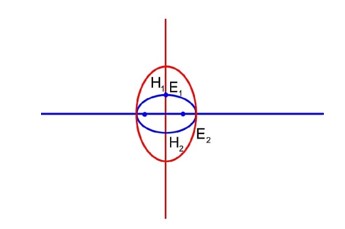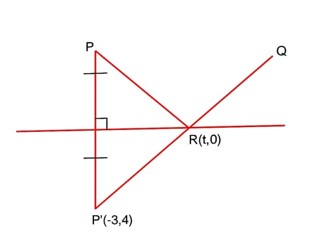Chemistry NCERT Exemplar Solutions Class 12th Chapter Five
Get insights from 126 questions on Chemistry NCERT Exemplar Solutions Class 12th Chapter Five, answered by students, alumni, and experts. You may also ask and answer any question you like about Chemistry NCERT Exemplar Solutions Class 12th Chapter Five
Follow Ask QuestionQuestions
Discussions
Active Users
Followers
New answer posted
3 months agoContributor-Level 10
All entries different which can be selected as 

Let be such matrix
|A| = ad – bc
Now | A| = 0 -> ad – bc = 0 cases
1, 6 3, 2 2 * 2 * 2
&nb
New answer posted
3 months agoContributor-Level 10
System of equations can be written as
Again
The system will have no solution for
New answer posted
3 months agoContributor-Level 10
given
->AX = X .(i)
replace x by A x we have
A (AX) = AX
->A2X = AX = X .(ii)
Again replace X by AX
A3X = AX = X.
As Sum of all entries in A3 = sum of entries in X = 1 +1 + 1 = 3
New answer posted
3 months agoContributor-Level 10
& are two planes the direction ratio of the line of intersection of then is collinear to
Any point on the line in given by x – y = 2
& 2x + y = 2
New answer posted
3 months agoContributor-Level 10
Taking dot product with respectively in (i) & (ii) we have
Again (i) & (ii) Þ
Opt 1. Projection of
Opt 2. (2)
(1) Þ
Opt 3.
Opt 4.
New answer posted
3 months agoContributor-Level 10
will satisfy for sin x = 1, cos x = 0
or, cos x = 1, sin x = 0
x = 0, 2π, 4π total 5 solutions
Taking an Exam? Selecting a College?
Get authentic answers from experts, students and alumni that you won't find anywhere else
Sign Up on ShikshaOn Shiksha, get access to
- 65k Colleges
- 1.2k Exams
- 679k Reviews
- 1800k Answers




